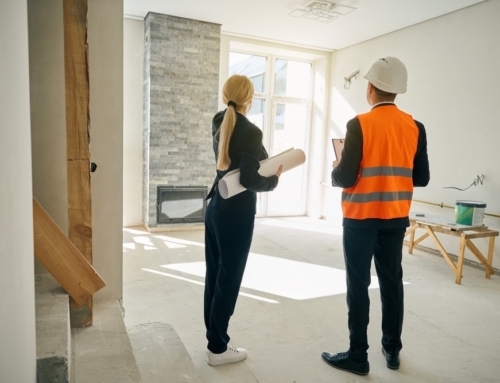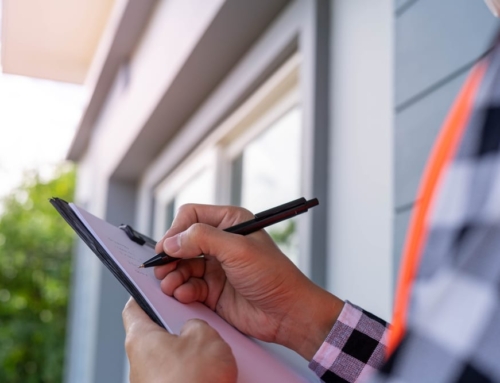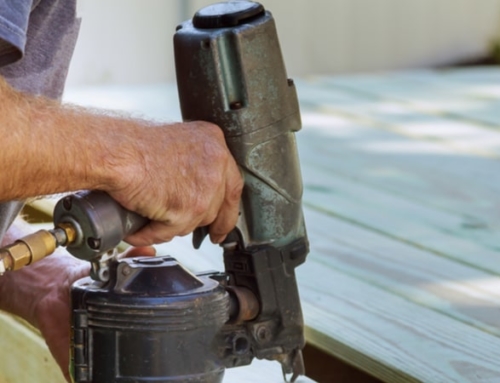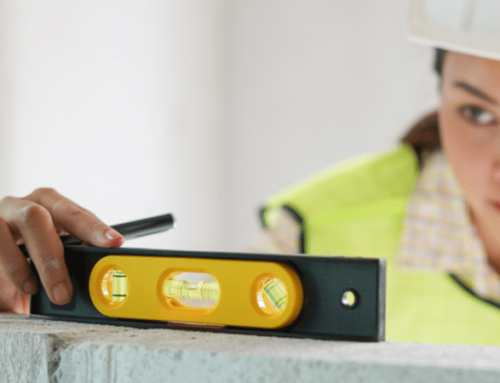These are several kinds of inspections you should have before you close on a new or existing home.
You’ll want to have a professional home inspector come through to scrutinize the property and give you an overall diagnosis as to its physical condition. If the inspector finds that there may be other issues, you’ll need to hire other kinds of inspector “specialists” to take a deeper look.
These other in depth inspections could include a radon inspection, heating and air conditioning inspection (sometimes you just need a heating contractor to go over the HVAC system), a lead inspection, asbestos inspection, and if you own a house with synthetic stucco, you might need an additional inspection with an inspector who has extensive training in detecting and measuring moisture infiltration in a house.
These inspections will run you anywhere from $300 on up — and if you need a bunch of special inspections, your final tab could be a lot higher.
But one very important inspection doesn’t have to cost you anything: A preclosing inspection, also known as a final walkthrough for a new construction home or a preclosing walkthrough for an existing home.
Most first-time home buyers don’t realize that they should make sure they have the right to perform a preclosing inspection when they make their initial offer. Just about everyone understands that they can ask for a professional home inspection (and you’d be foolish not to take advantage of that). But too many first-time buyers aren’t told that they should require the right to a second, preclosing inspection.
The point of a preclosing inspection in an existing home is to make sure that the sellers have moved out and have left the property basically in the condition it was when you signed the offer to purchase weeks or months earlier.
Ideally, the preclosing inspection will take place after the sellers have moved out of the house and before you’ve actually closed on the property. In most cases, a preclosing inspection will happen in the final hours before settlement, although sometimes it happens the day before.
By inspecting the premises, you’re protecting yourself and your future property from sellers who aren’t nice as they seem to be or who are actually as nasty as they appear. By doing a final walkthrough, you’re ensuring that the sellers have lived up to the agreements in the contract. And if they haven’t, you’ve found out in enough time to make sure the appropriate remedies (monetary and otherwise) can be agreed upon before money changes hands.
Preclosing Home Inspection Checklist
What should you look for in a preclosing inspection? Again, make sure nothing has changed since the last time you walked through the property: turn on every appliance; open doors; make sure nothing is broken; be certain everything the seller agreed to leave is there and in good shape; be certain that when the sellers moved out they did no damage to the property.
You should also be sure to carefully inspect the basement or crawl space, to make sure there has been no leaking or mold growing. If the basement floor or ceiling has been freshly painted, it should be a red flag. Likewise, if any painting has been done (other than that agreed to in the contract), you should ask a lot of questions.
When you’re purchasing a foreclosure or short sale, it’s especially important to make sure the property is in the same shape it was when you made the offer. If something has changed, you’ll want to know so you can approach the seller or the lender (if the lender has foreclosed on the property) before the closing and negotiate some sort of remedy at the closing.
If something has changed, or is missing, take a digital photo and make a detailed list so you can present it at the closing to the seller or lender.
Home Inspection of New Construction
When it comes to new construction, you’ll be looking for different things at the preclosing inspection. You’ll want to be sure that everything the developer promised would be done and installed actually has been and is working. This includes landscaping, doorknobs, doorbell, window screens, fixtures, appliances, etc.
You’ll want to make sure all of the light outlets work in every room, so bring a hair dryer, radio, nightlight or outlet tester with you (which will tell you if the outlet has been wired correctly) to the inspection.
Make sure everything has been painted. Turn on the water in the showers and sinks and flush the toilets. If there is a garage, make sure the garage opener works. Take detailed notes on anything that is missing, loose (like tile in the bathroom) or not working so you can construct a very specific “punch list” of these items that will be included in the closing documents.
You should also make sure that the major mechanicals are working in the home. Make sure that the heating system is operating properly and that the air-conditioning system is working as well as the hot water heater.
Preclosing inspections give you your last opportunity to make sure that the property is in the same condition (except for normal wear and tear) as the day you bought it or that it’s in the condition it’s supposed to be in when you are buying a new home. So, show up early to your preclosing inspection and leave lots of time.
After all, this is likely going to be the biggest purchase you’ve made to date.
Nov. 26, 2008.






Leave A Comment